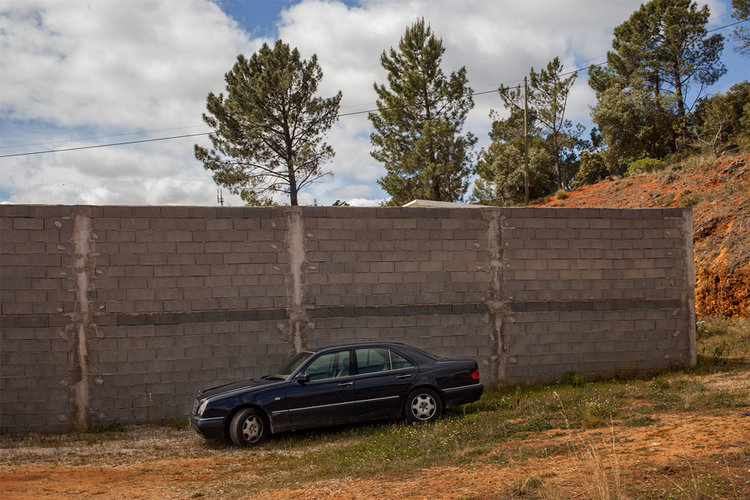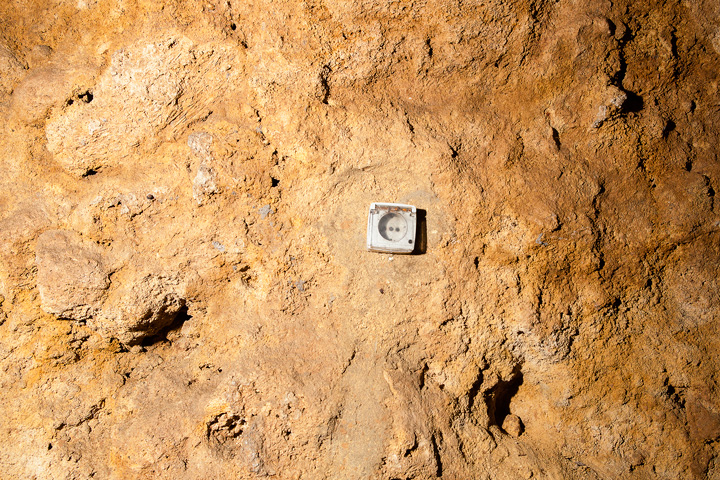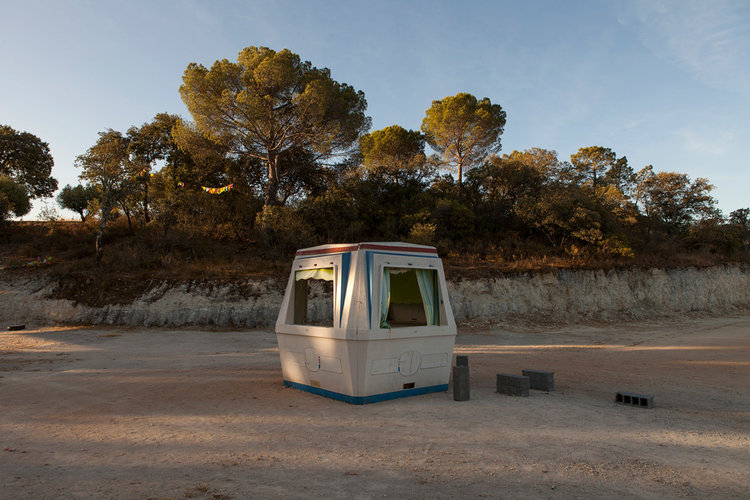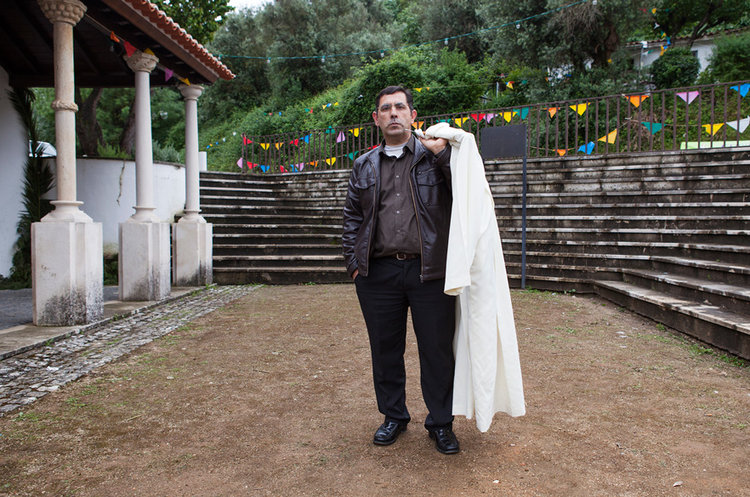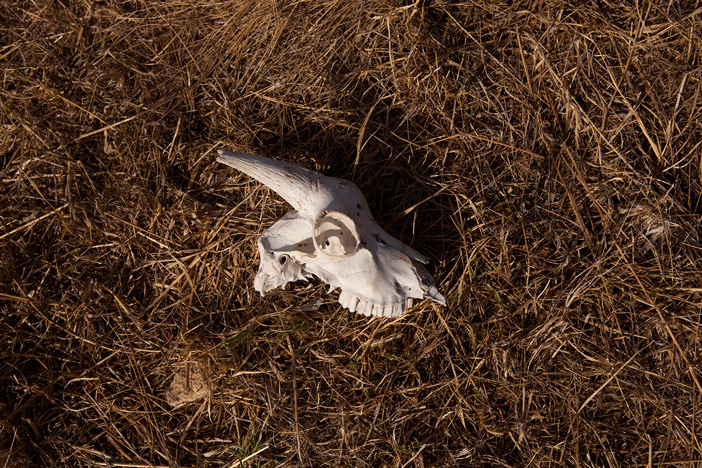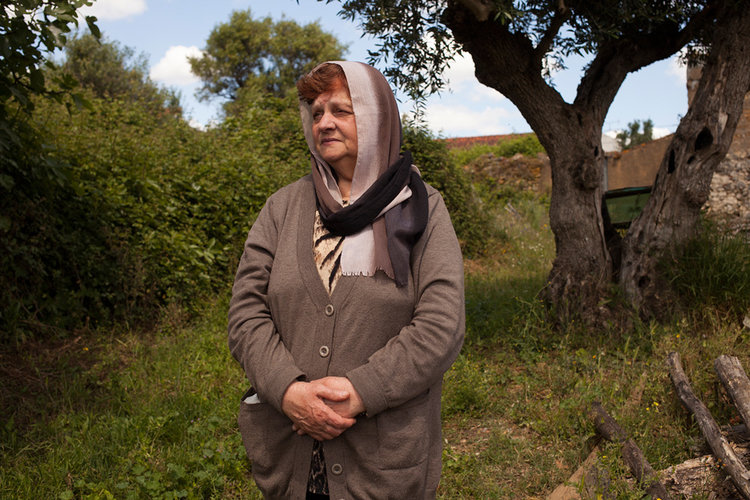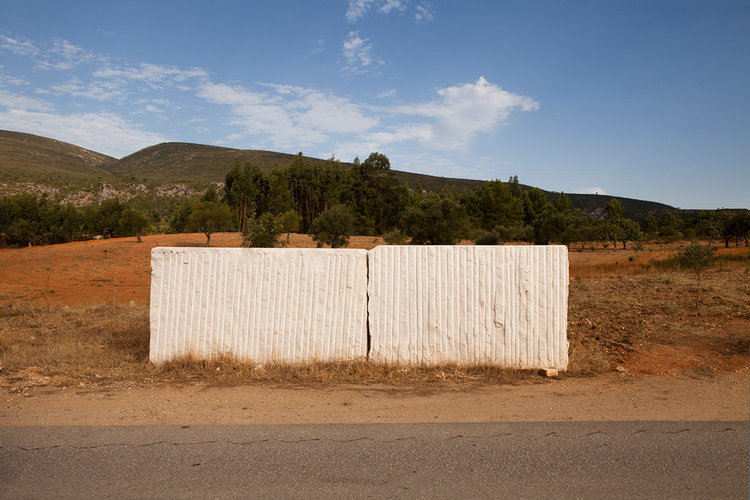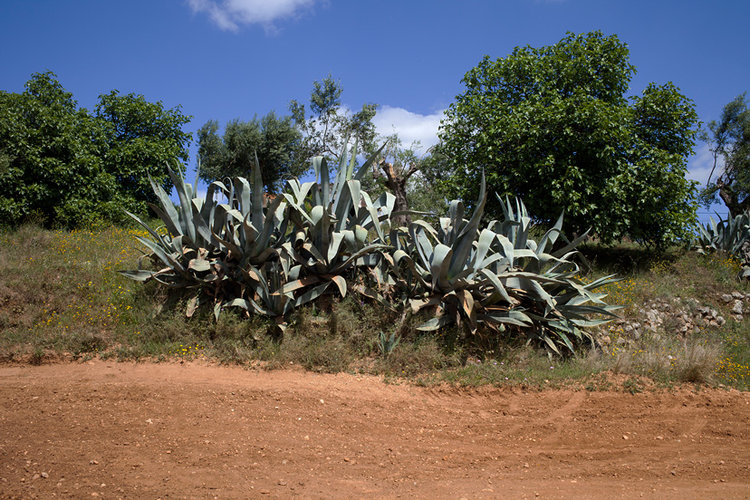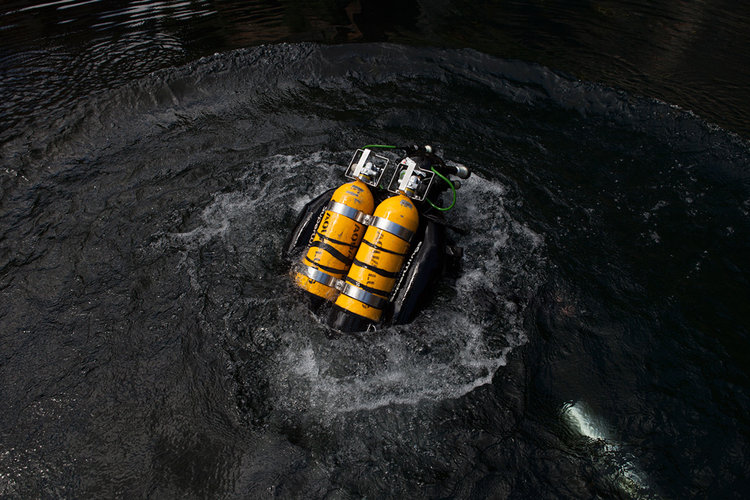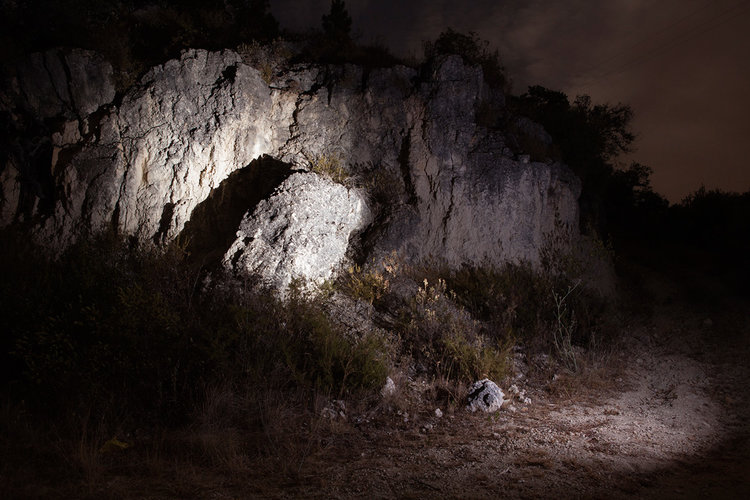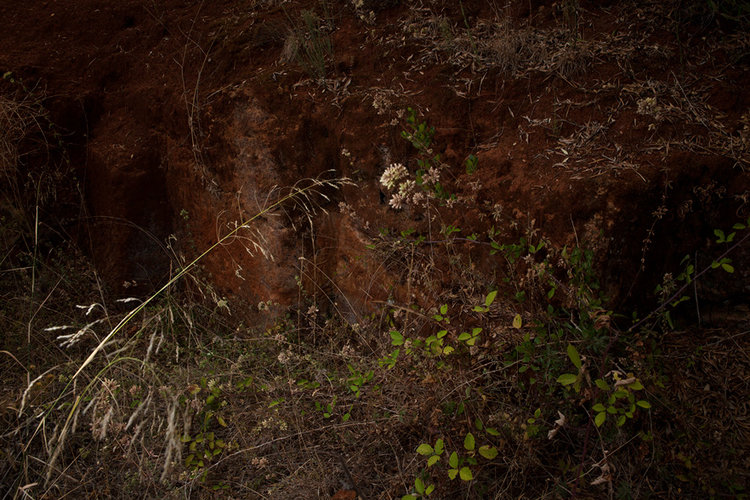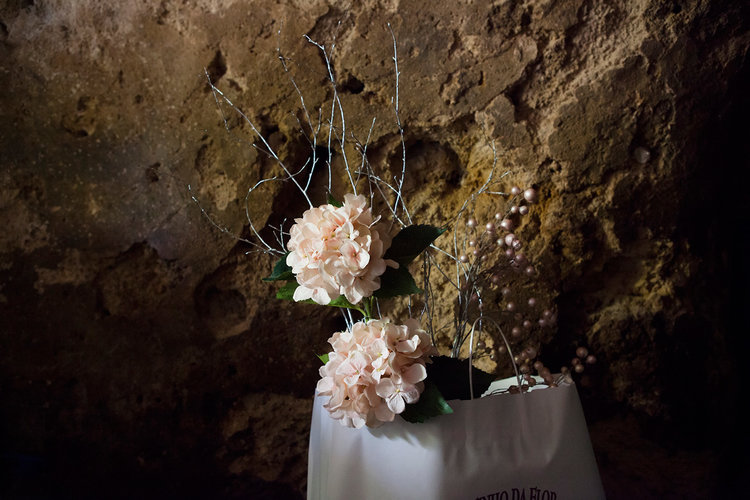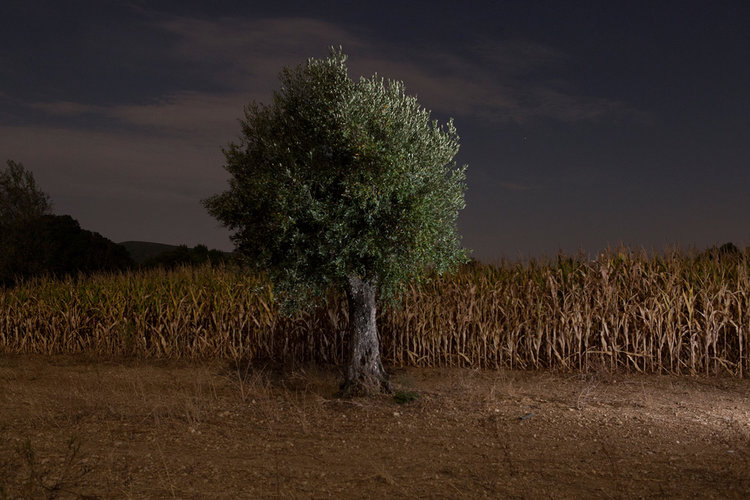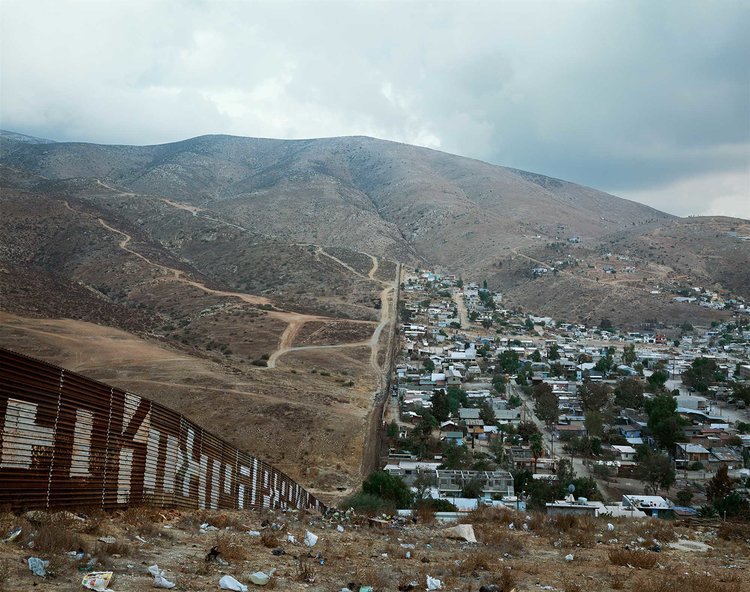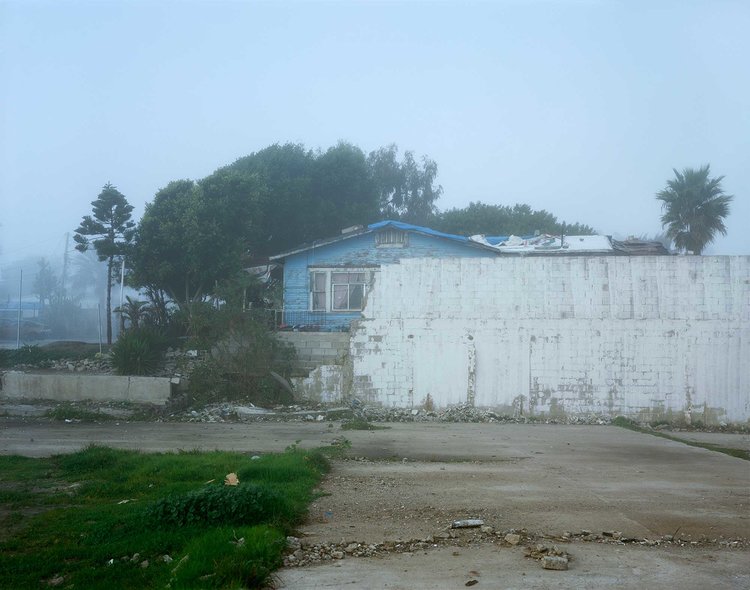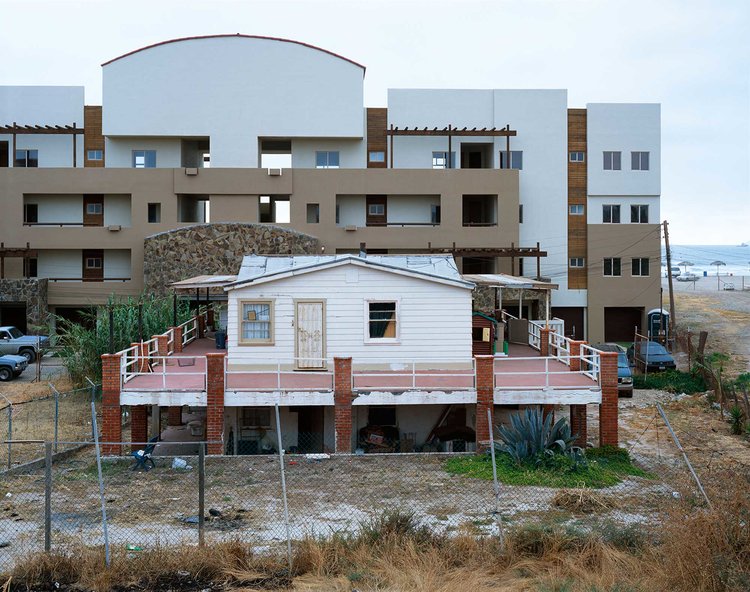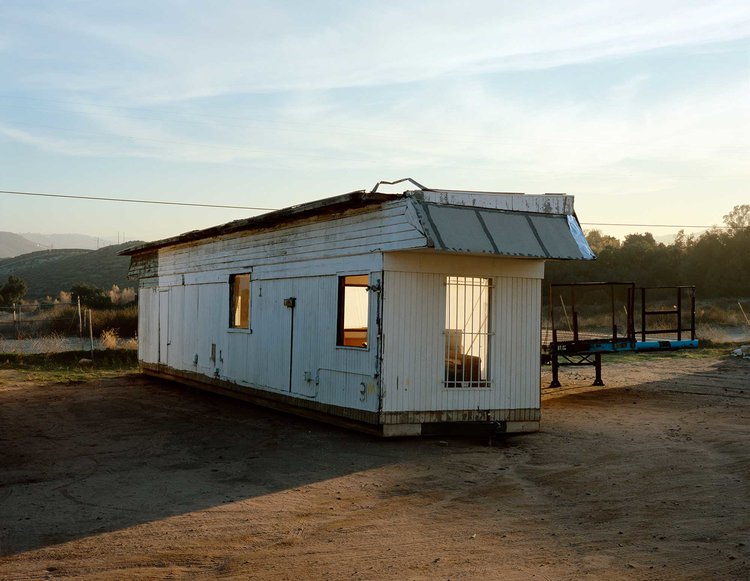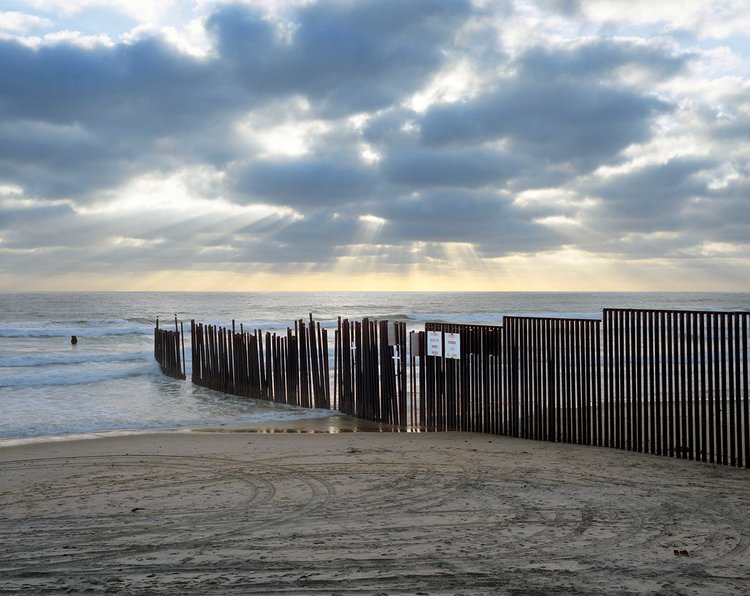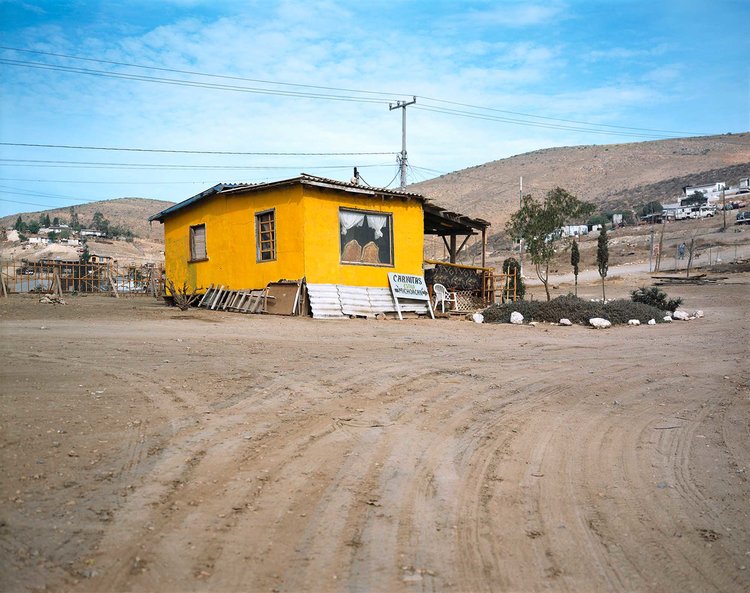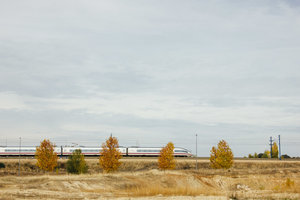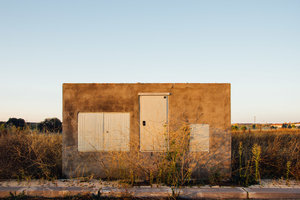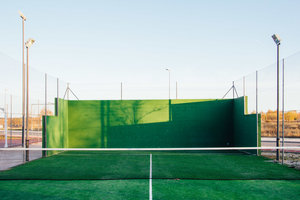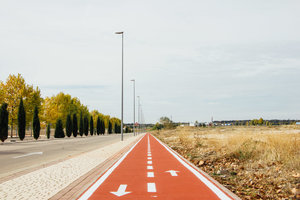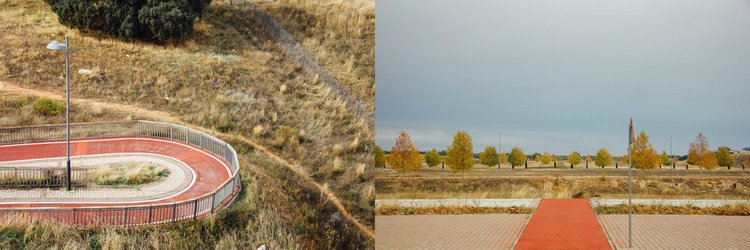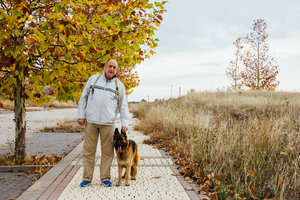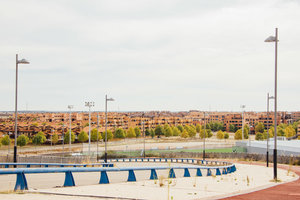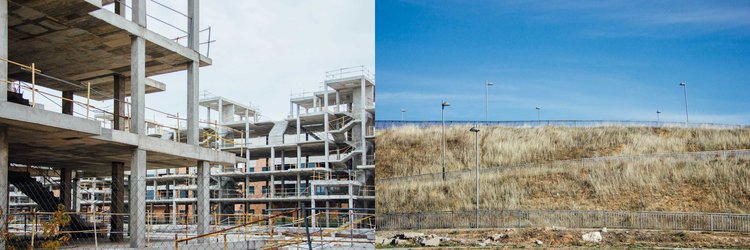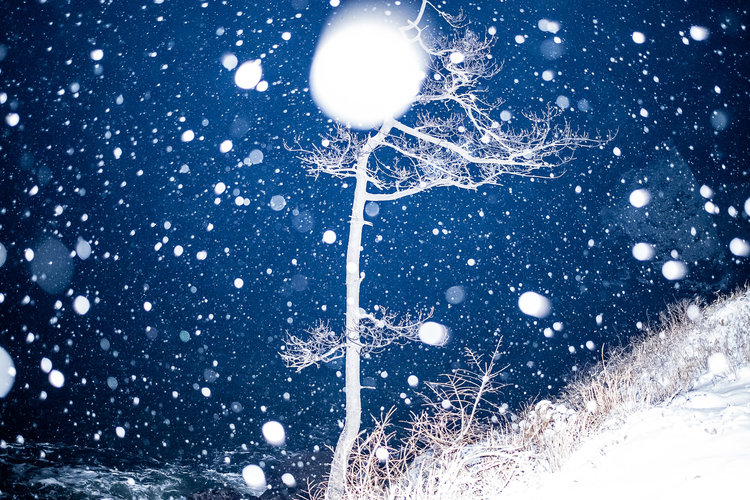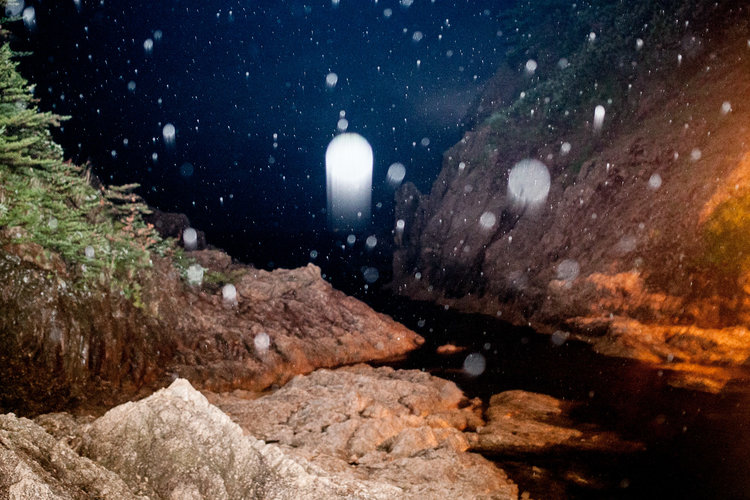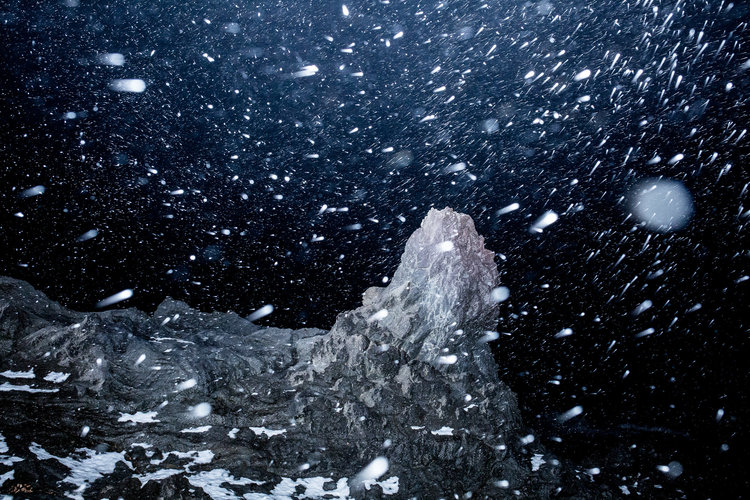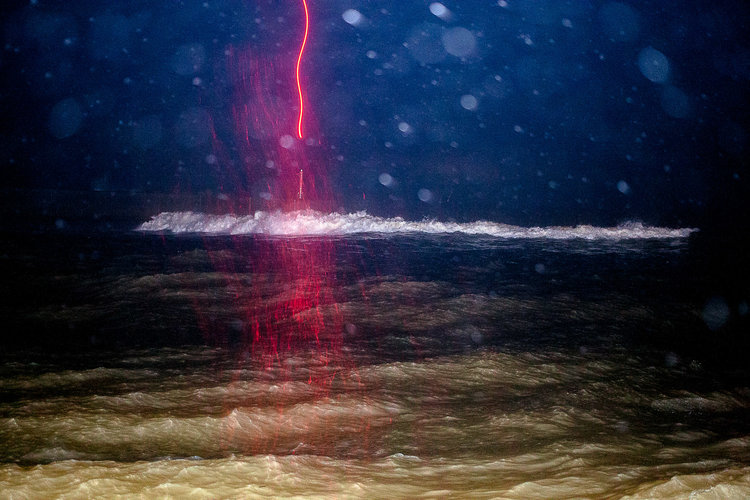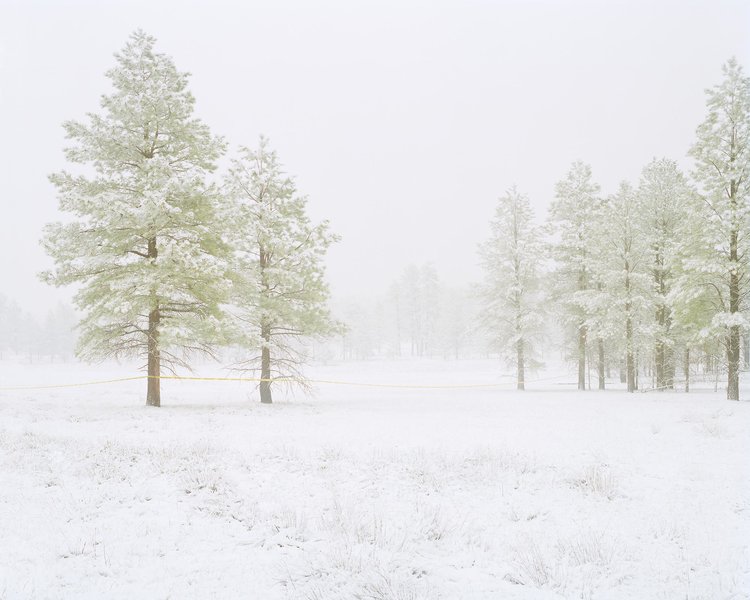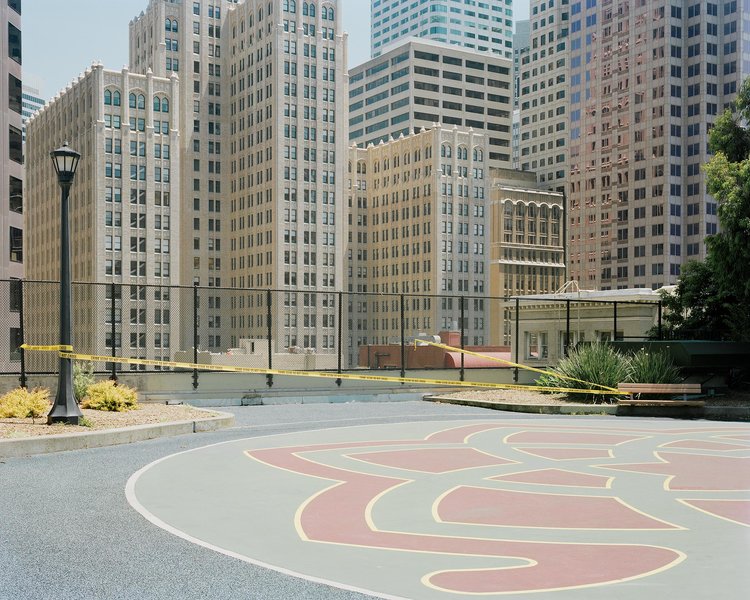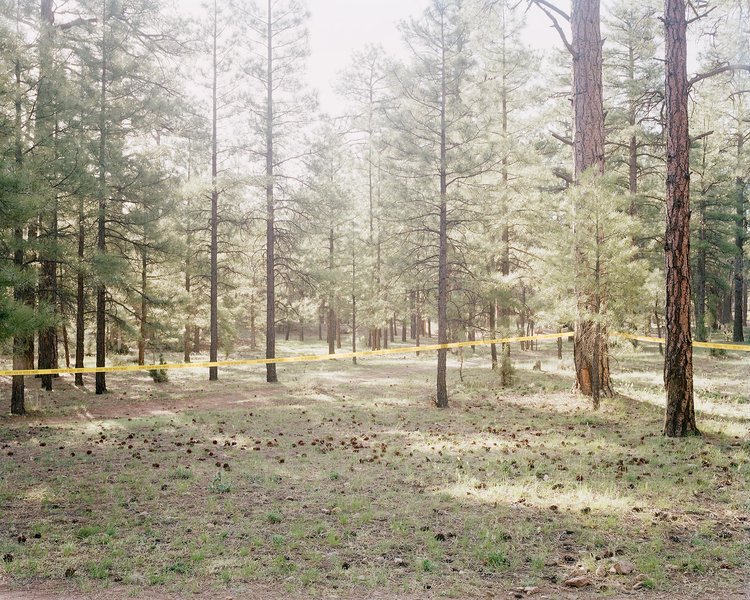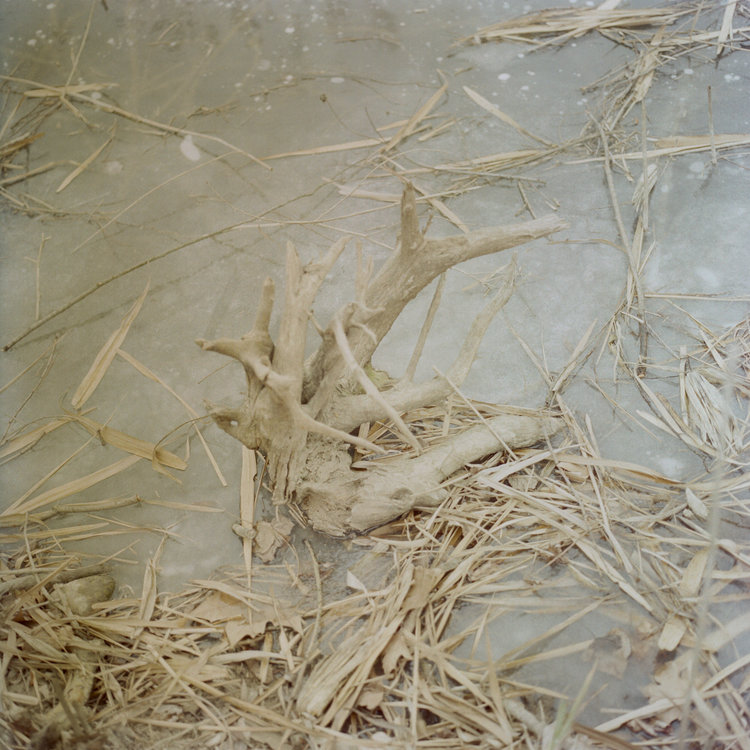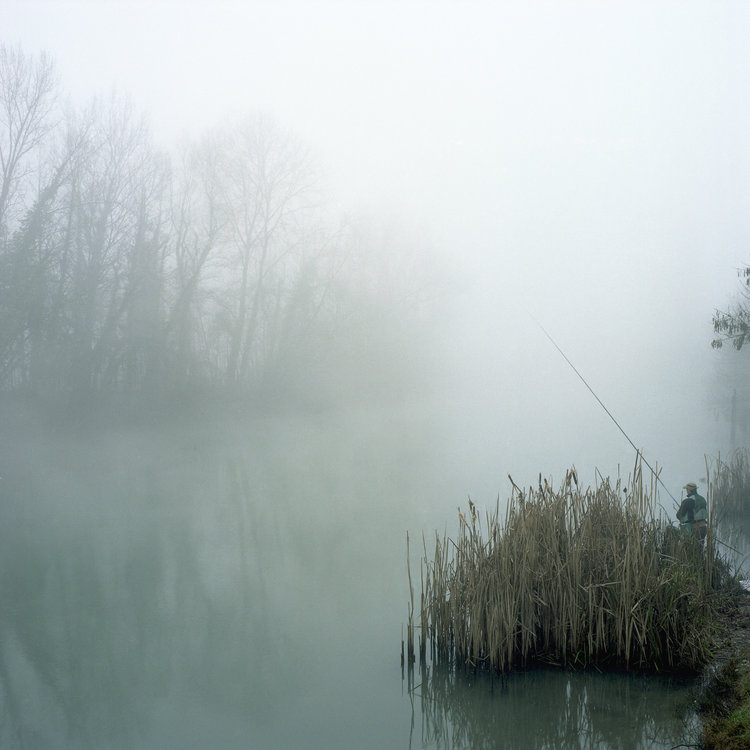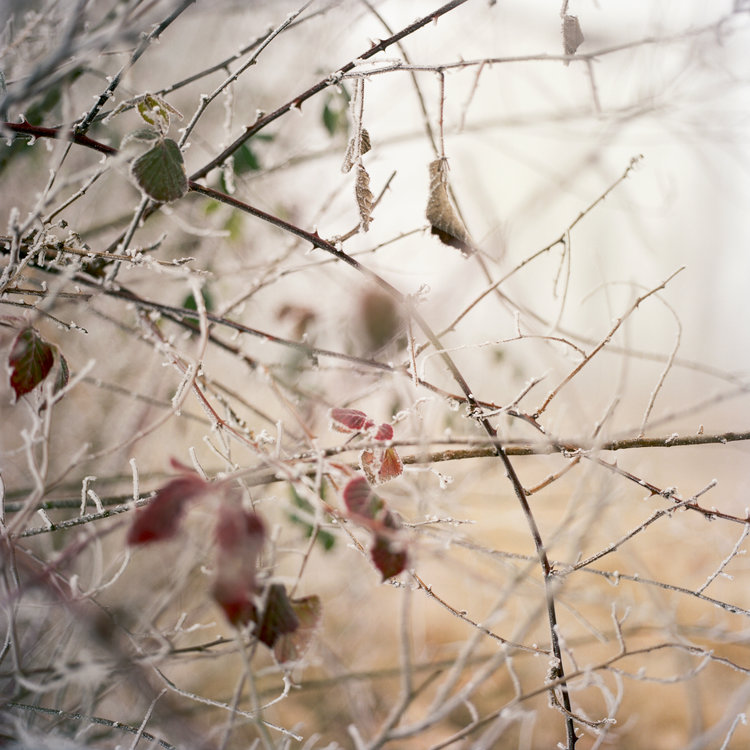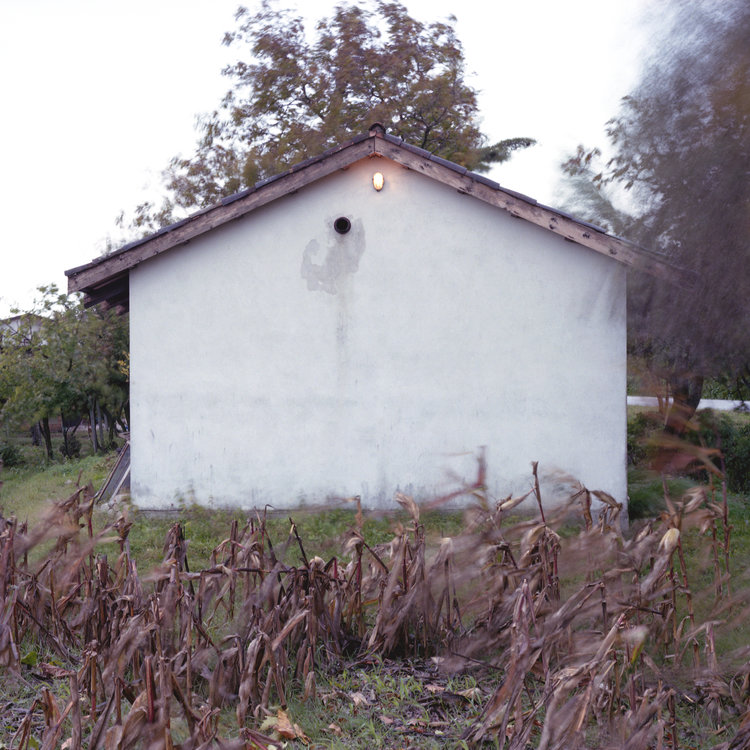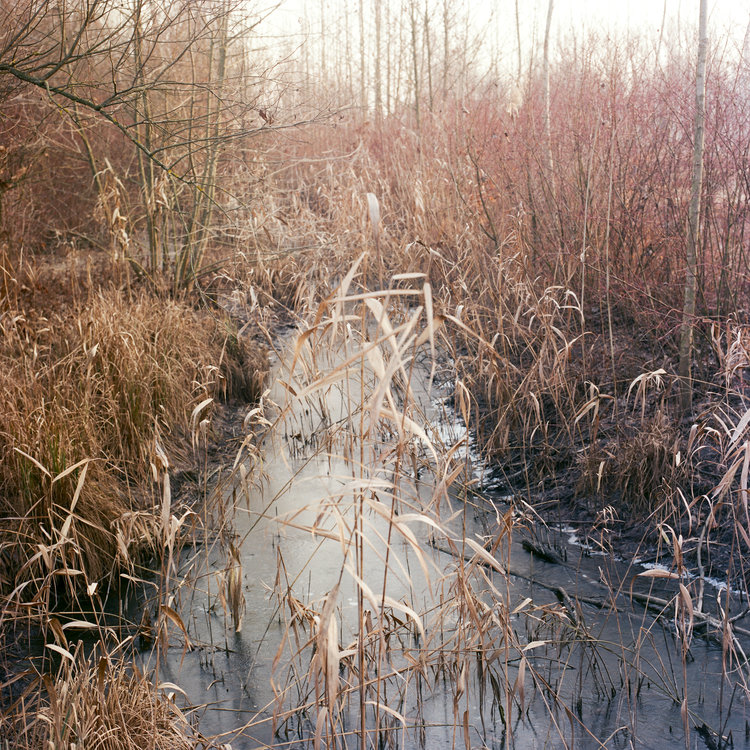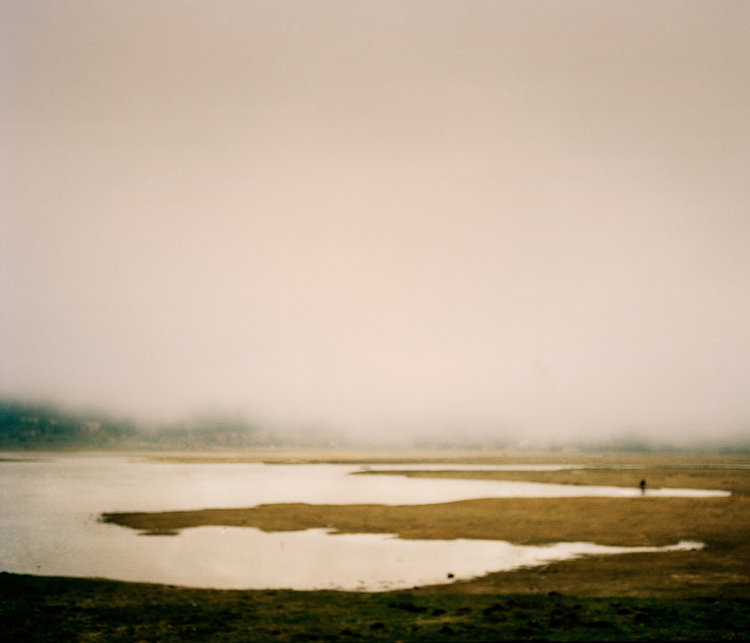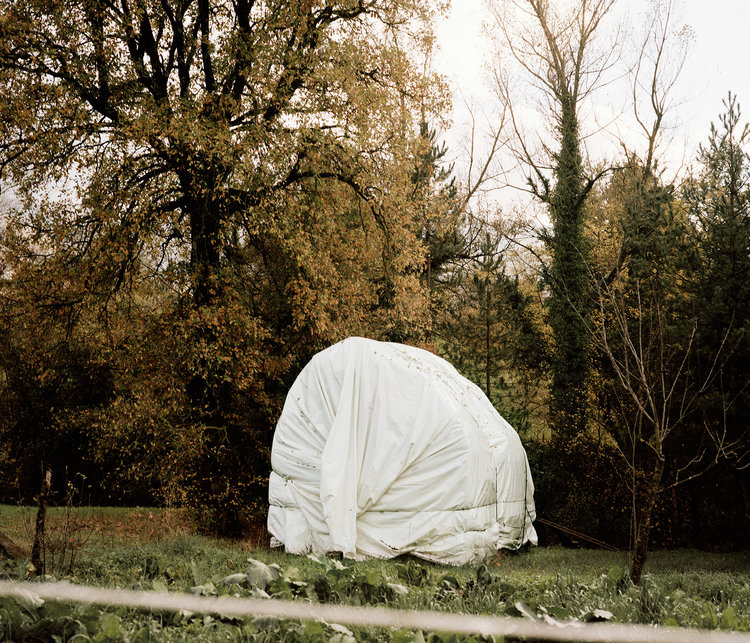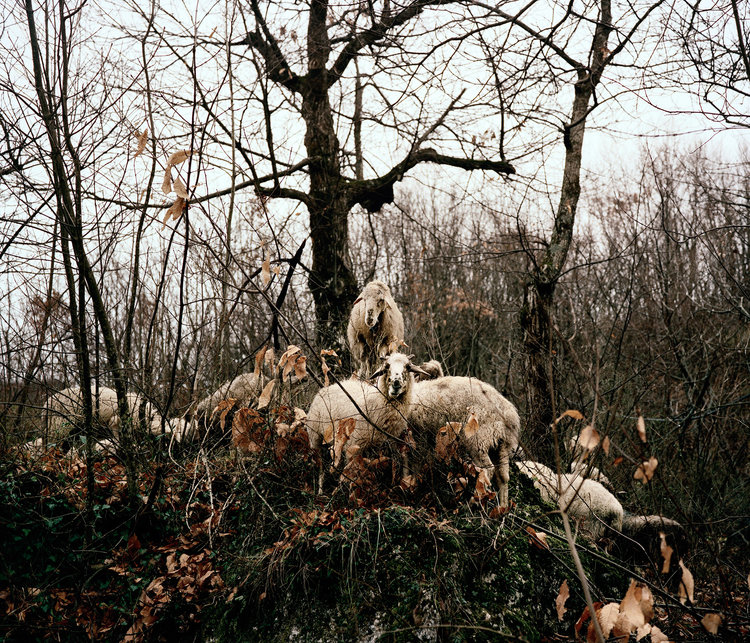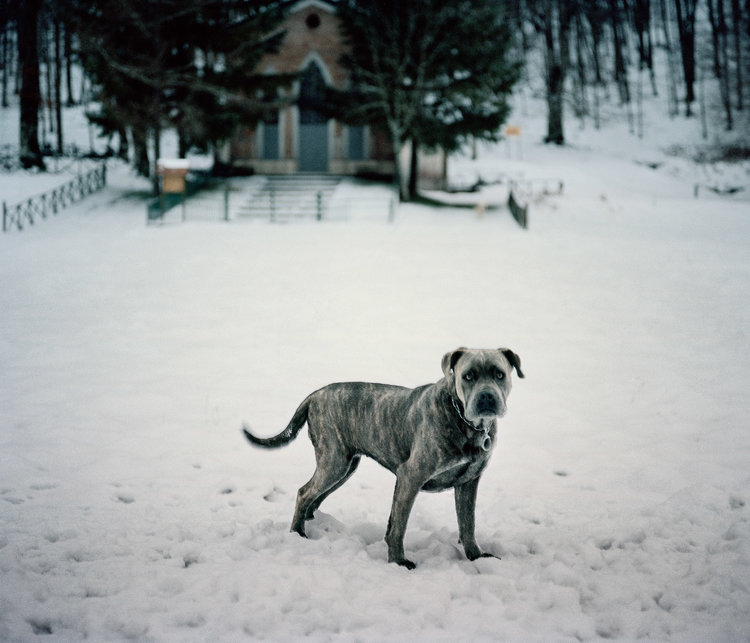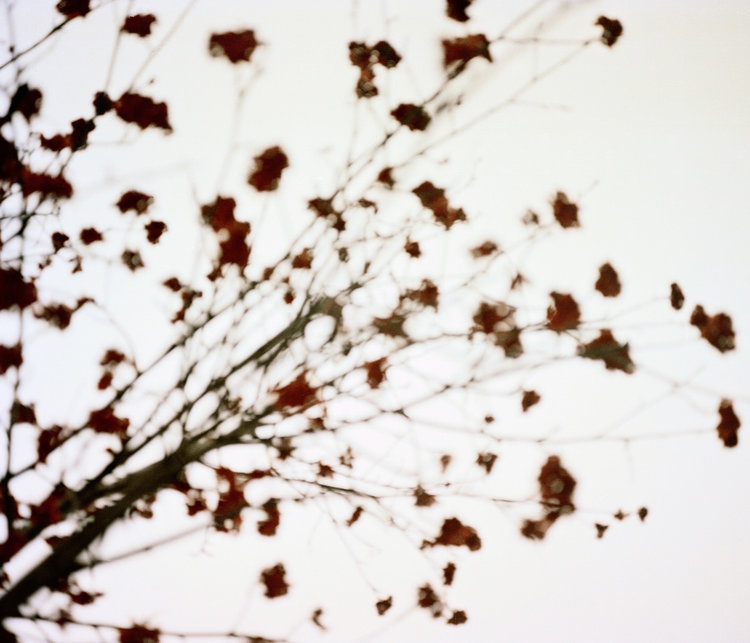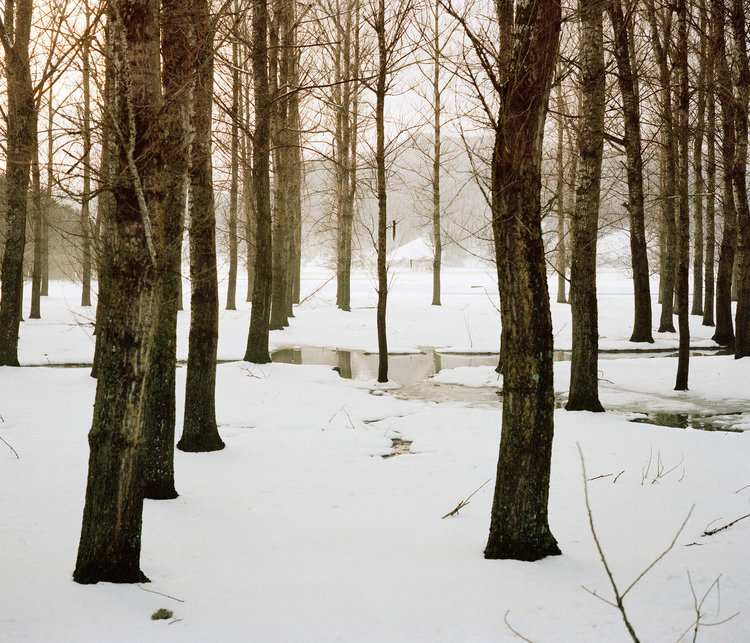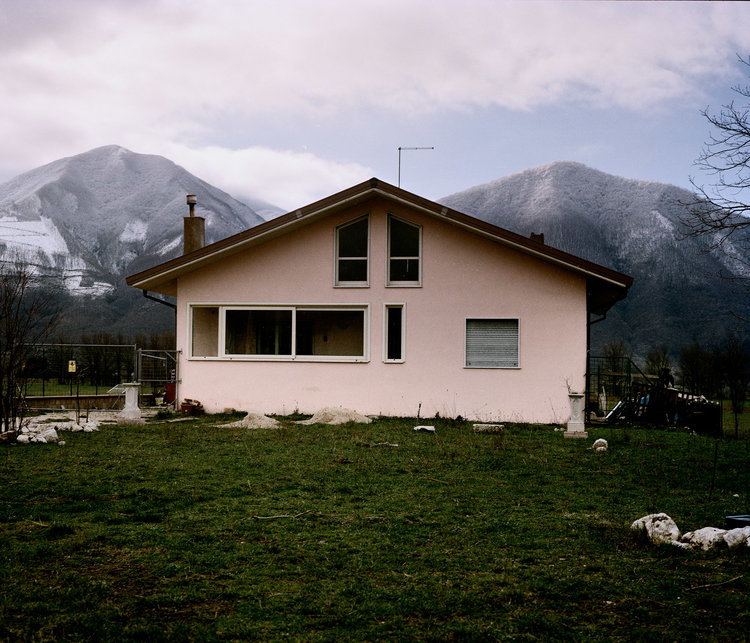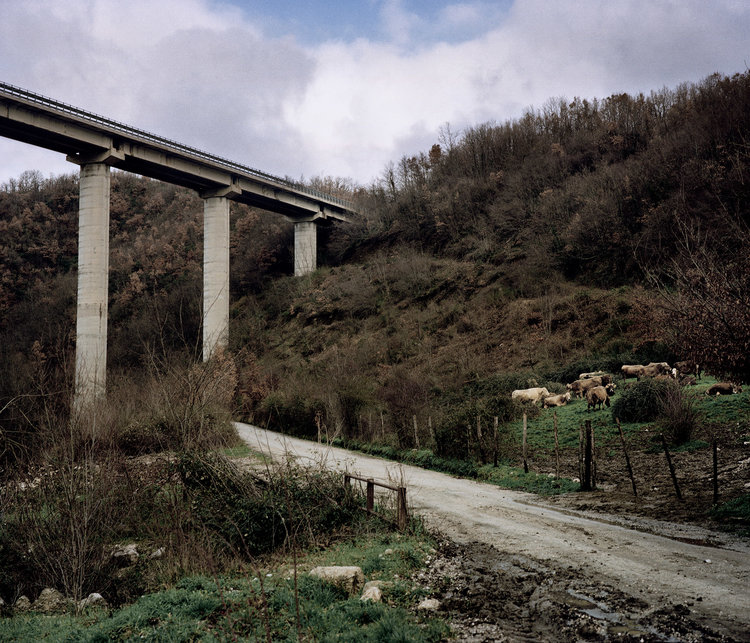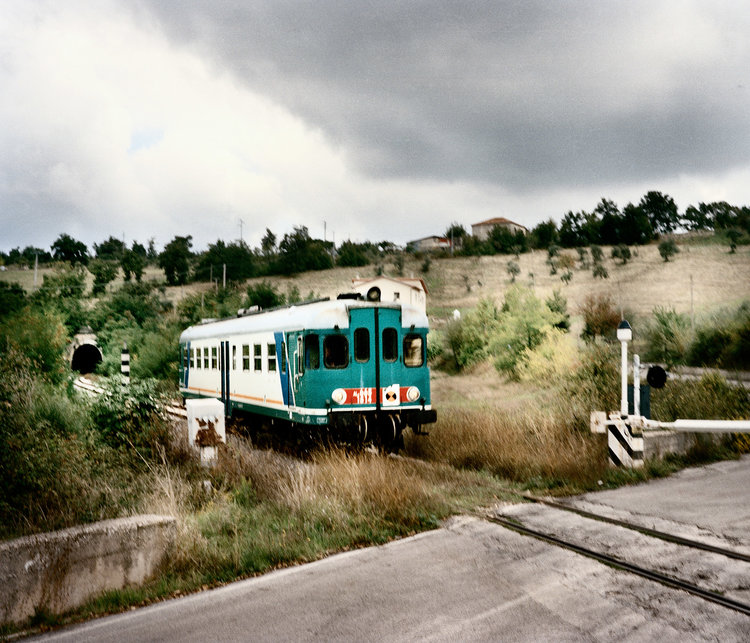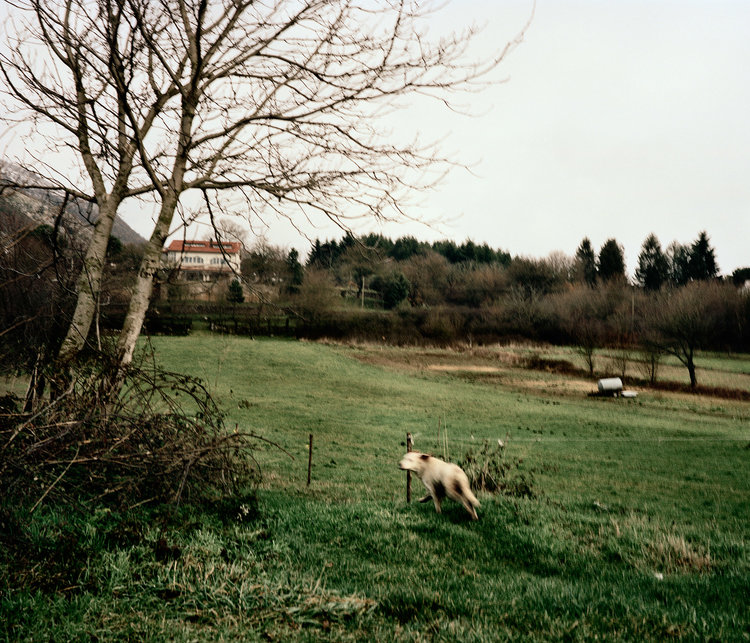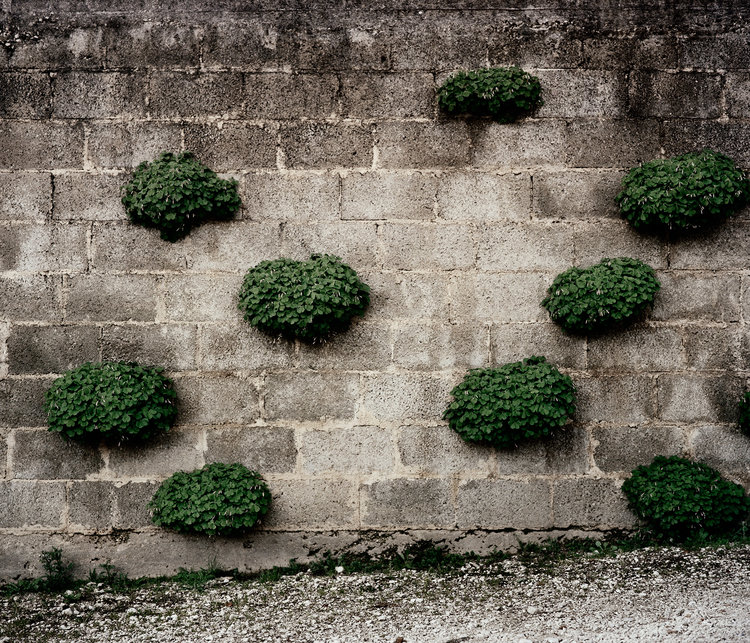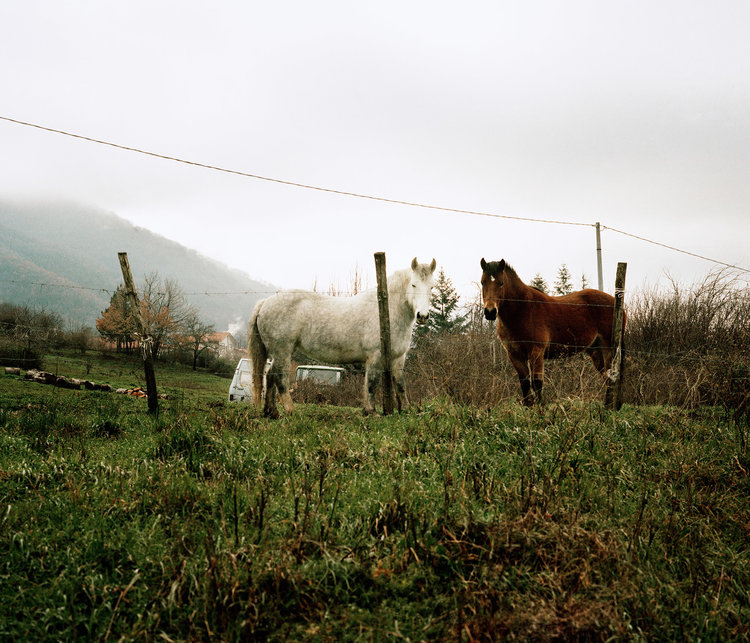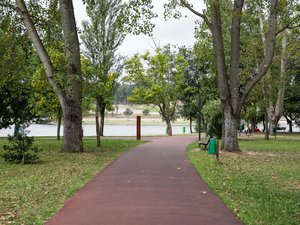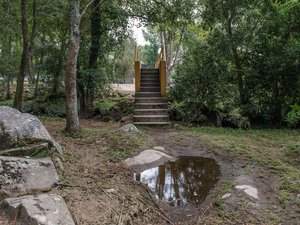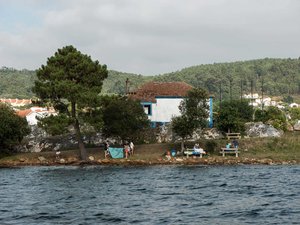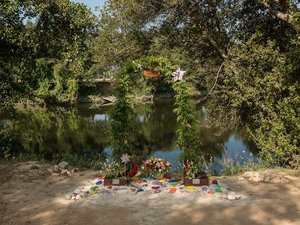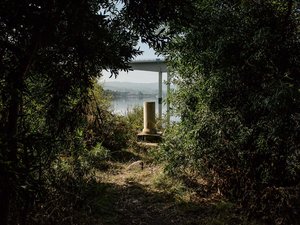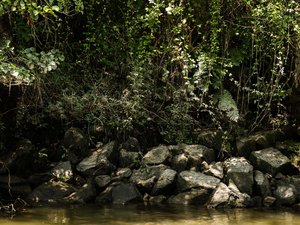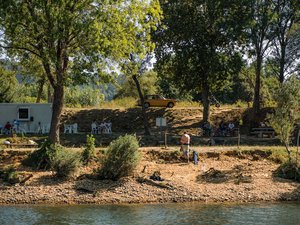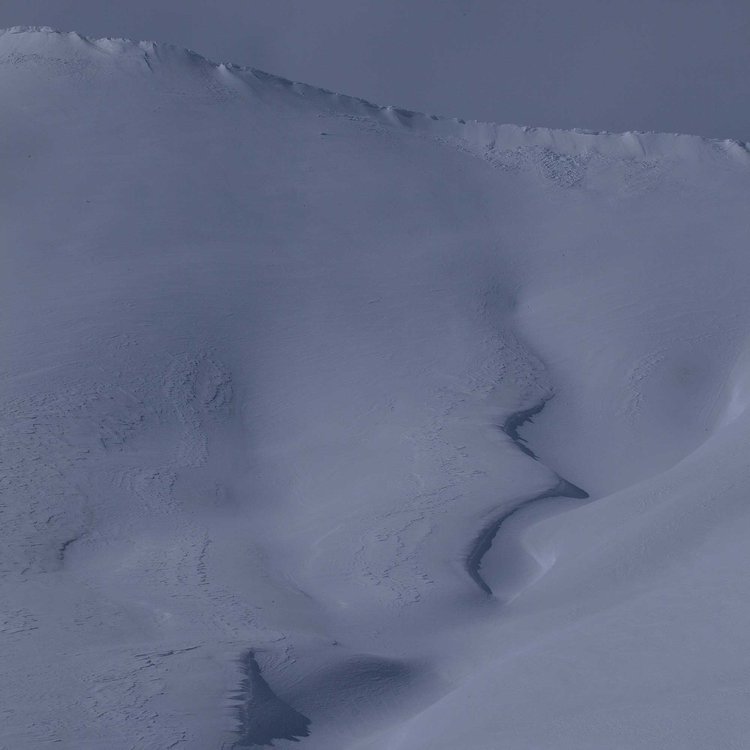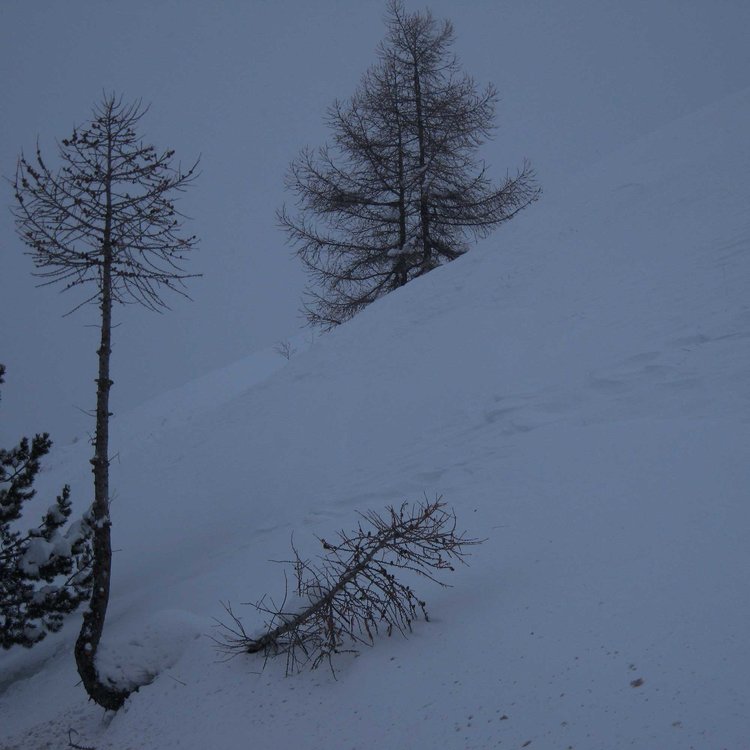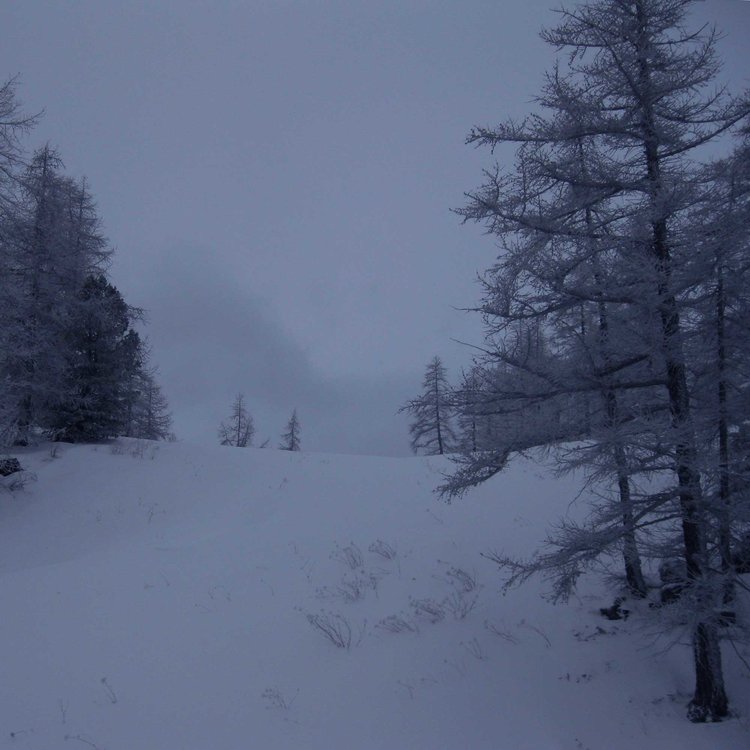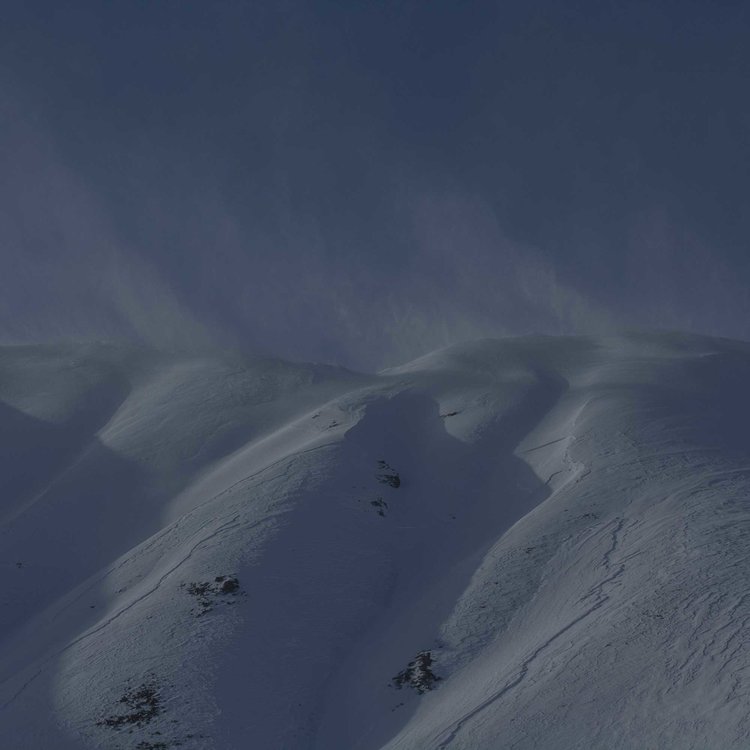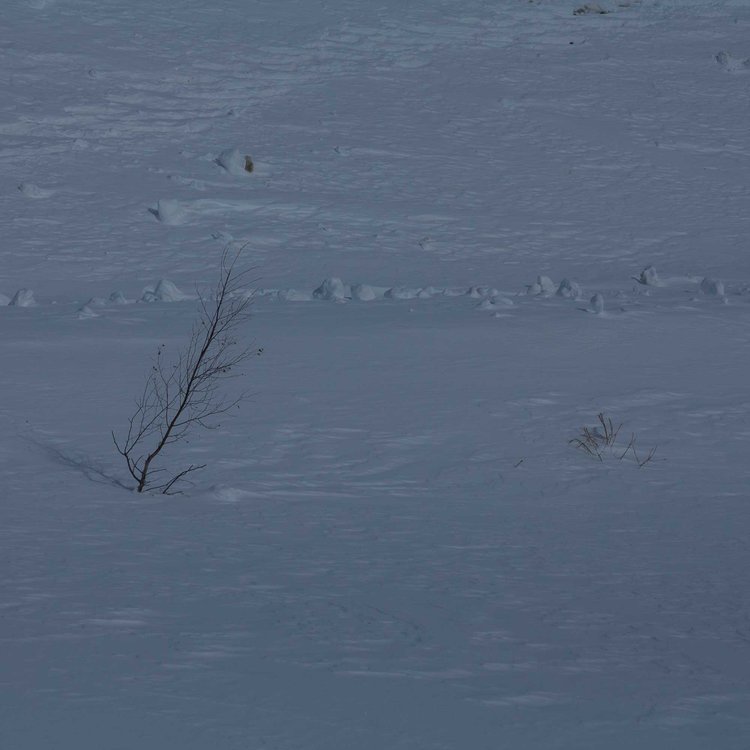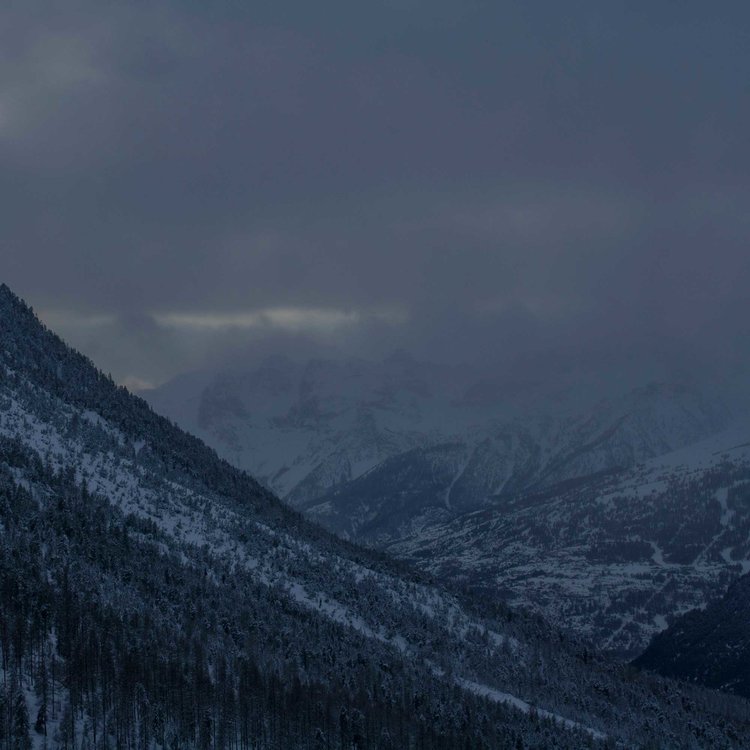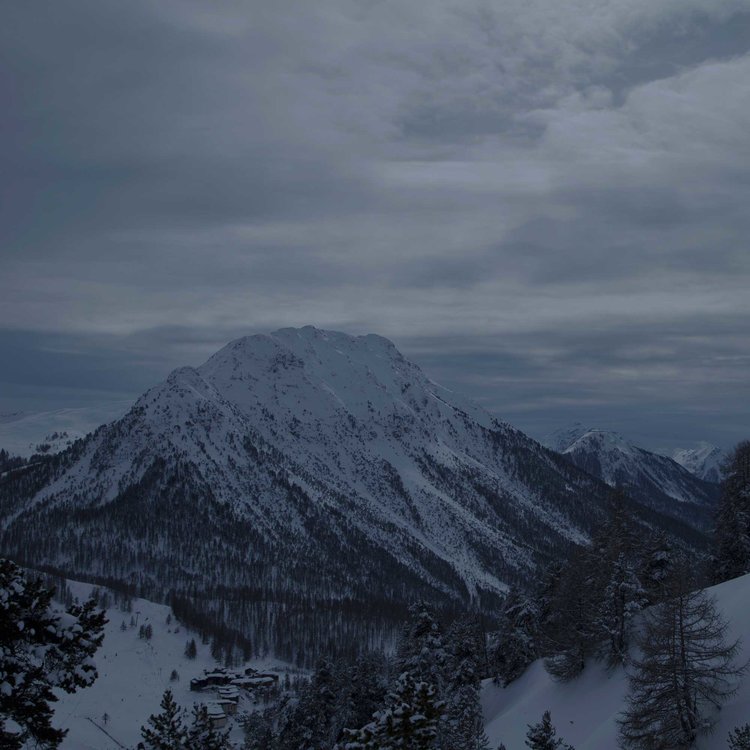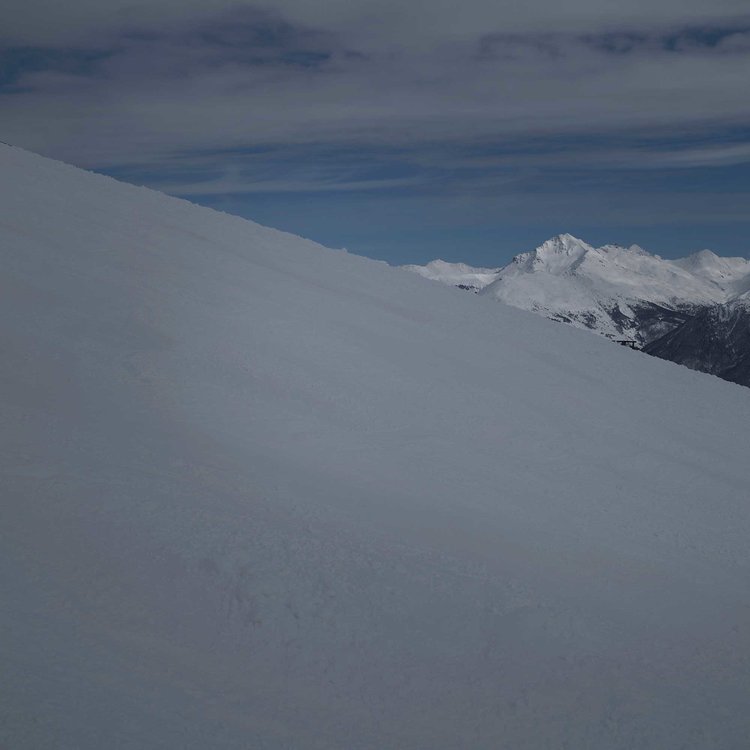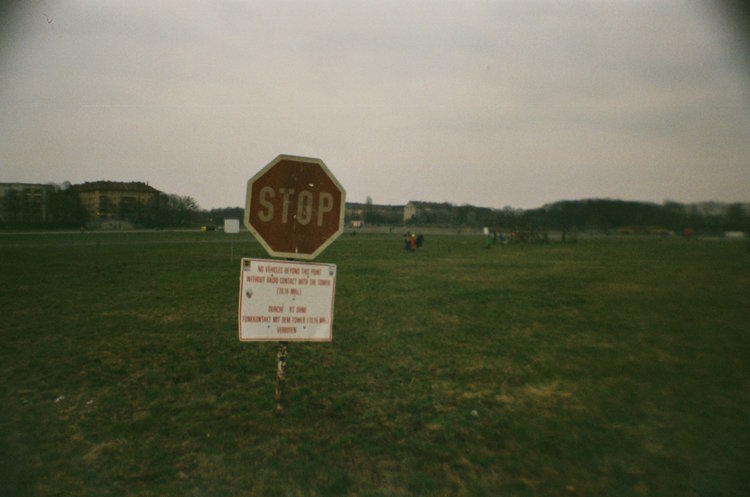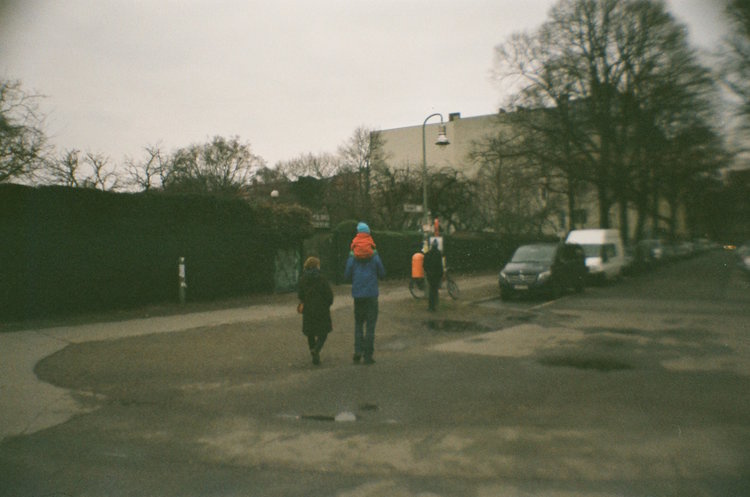PERFIL
POR PEDRO GOMES ALMEIDA
Pedro Gomes Almeida é um Fotógrafo Freelancer que vive em Lisboa. Tem um Mestrado em Geologia e um Curso Profissional de Fotografia.
Através do seu estágio em fotografia, teve a oportunidade de contactar com diversos fotógrafos, tais como Irakly Shanidze, Harold Naaijer, Tim Ashley, Jordi Bursh, Martin Ramos e desenvolveu um estágio específico em Fotografia Documental.
synopsis
O conceito de Território é normalmente estabelecido a partir de fronteiras sociais e noções de poder sobre uma superfície terrestre. Contudo, a própria definição de Território pode também ser estabelecida a partir da relação entre o substrato geológico e da sua expressão orográfica. Domínios geológicos distintos originam orografias distintas que
estabelecem fronteiras naturais, tornando o conceito de Território mais
difuso e acentuando a sua artificialidade.
A disposição geográfica de um povoado é controlada pelo substrato, da região que define os seus aspectos no Ocupado e na sua relação natural/artificial (qual o seu rumo e extensão, a arquitectura e o povoado, o alóctone e o autóctone, entre outros), influenciando a forma como este se desenvolve e se distribui no espaço.
A Serra de Aire e Candeeiros e a Planície do Tejo correspondem a dois domínios geológicos fronteiriços que competem entre si nesta percepção de Território e no estabelecimento humano. A junção destes domínios cria uma nova interpretação de Território, que ultrapassa as suas fronteiras individuais.
Colocou-se a questão de como estes domínios geológicos e respectiva orografia dialogam entre si e como ocorre a sua transição, tal como se estes ambientes naturalmente competem e se o ocupado (natural e/ou artificial) define e/ou caracteriza um Território e as suas Fronteiras.
Estas questões foram abordadas através de princípios cartográficos, tendo por base os seguintes elementos-chave: o elemento Humano na sua relação com o Geológico, o Paisagístico, o Arquitectónico e o Ocupado na sua relação natural/artificial (como se define o natural na Paisagem Humanizada? O que é o natural no Hoje? Qual o limite temporal de Hoje?).
A ideia de perfil resulta de uma ideia de superfície, de um traçado topográfico sem percurso definido. Em Geologia, um perfil geológico corresponde a um corte que permite observar a disposição e natureza das unidades rochosas. Também corresponde a um contorno, uma representação de uma superfície observável.
Palavras-Chave: Geologia, Orografia, Território, Natural, Ocupado, Homem
per-fil
substantivo masculino
1. Contorno do rosto de uma pessoa, vista de lado.
2. Aspecto, representação de um objecto, visto de um dos seus lados.
3. Descrição ou relato em que se faz a traços rápidos o retrato moral e físico de uma pessoa.
4. [Arquitectura] Corte ou secção perpendicular de um edifício, para mostrar a disposição interior.
5. [Geologia] Corte, deixando ver a disposição e a natureza das camadas de um terreno.
6. [Indústria] Barra obtida por um processo metalúrgico ou industrial, de secção transversal com diferentes formas possíveis (ex.: perfil metálico; perfil rectangular; perfis plásticos). = PERFILADO
ter-ri-tó-ri-o
substantivo masculino
1. Área dependente de uma nação, província ou localidade.
2. Termo.
3. Jurisdição.
"Perfil" e "Território", Dicionário Priberam da Língua Portuguesa

